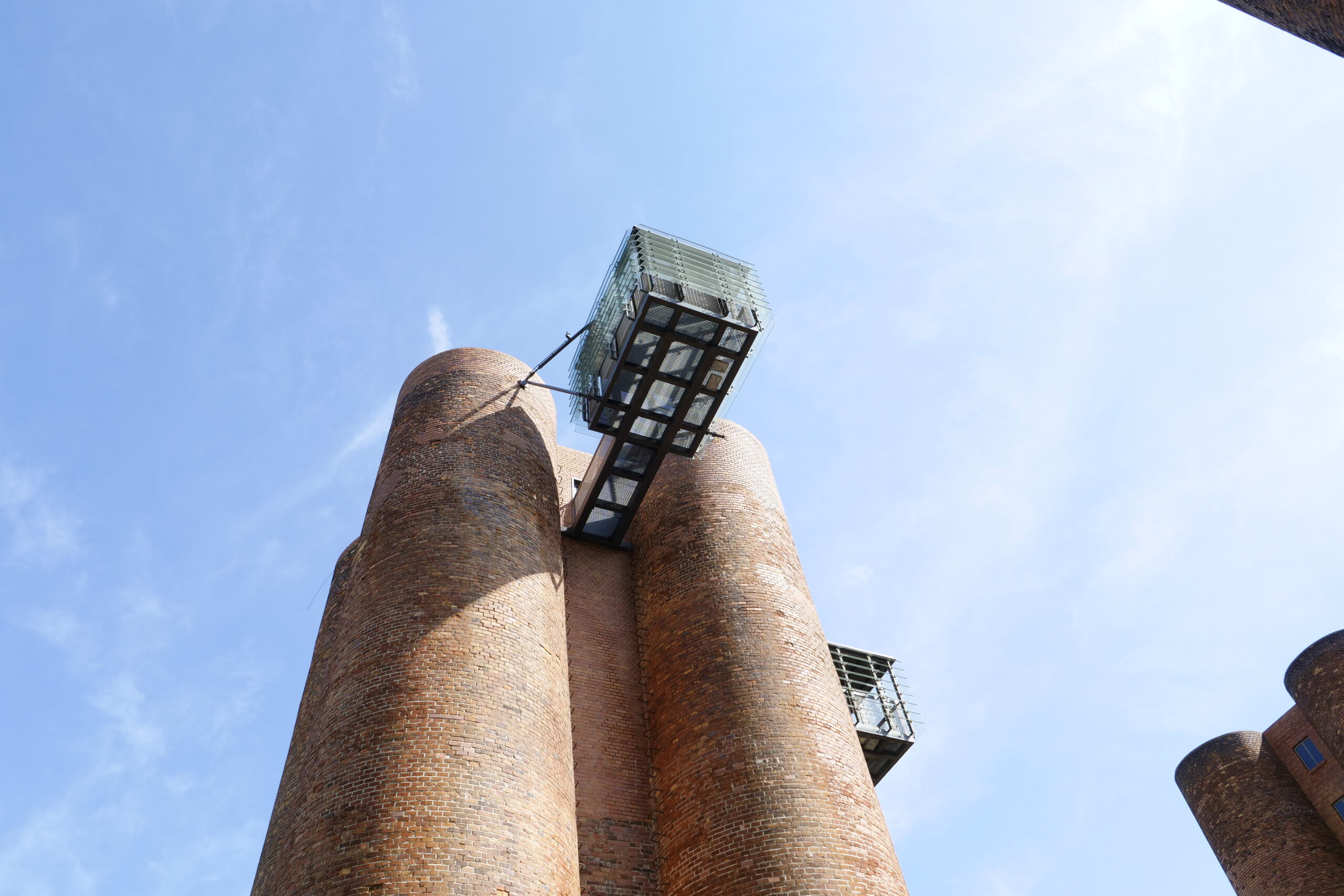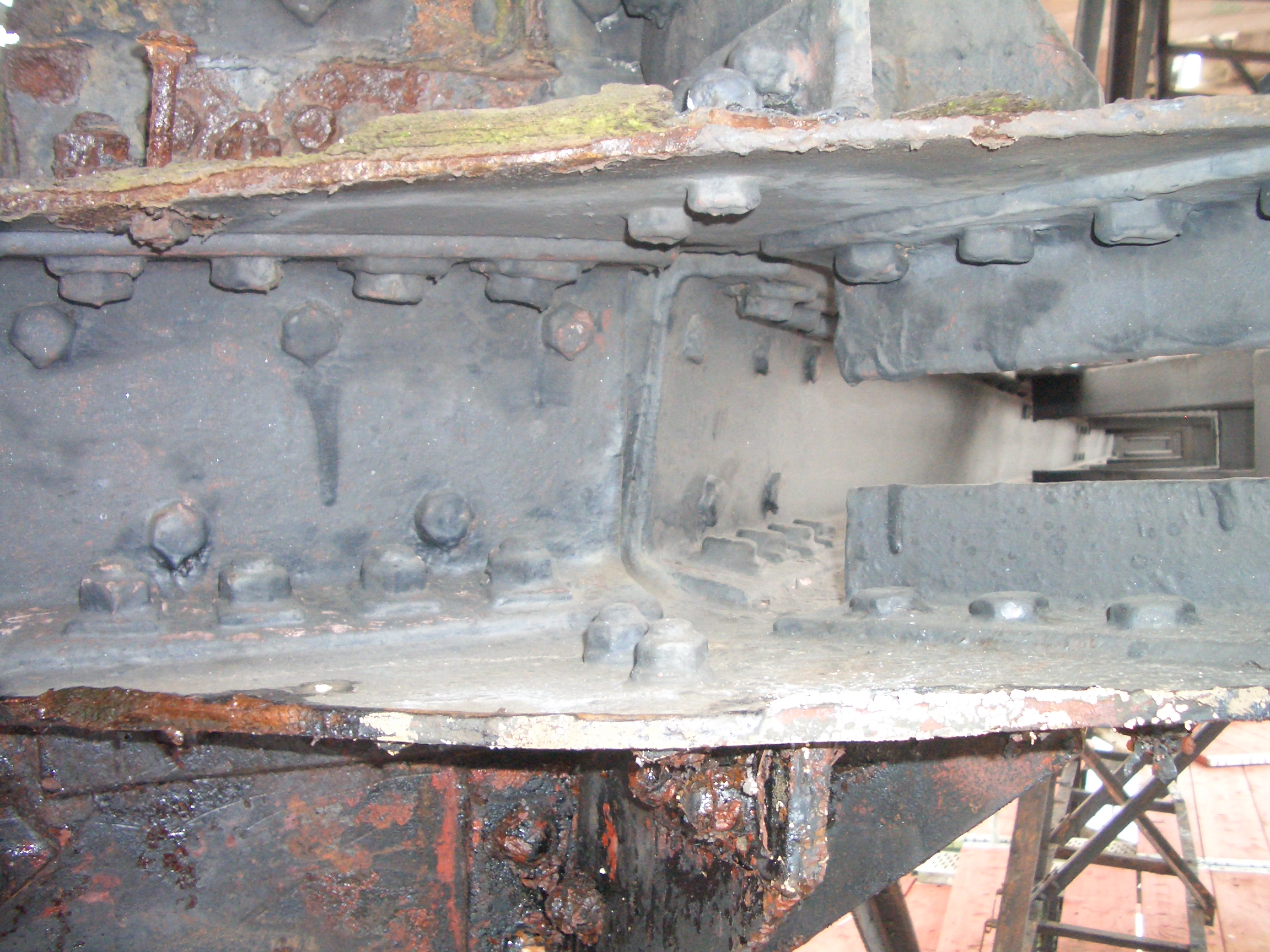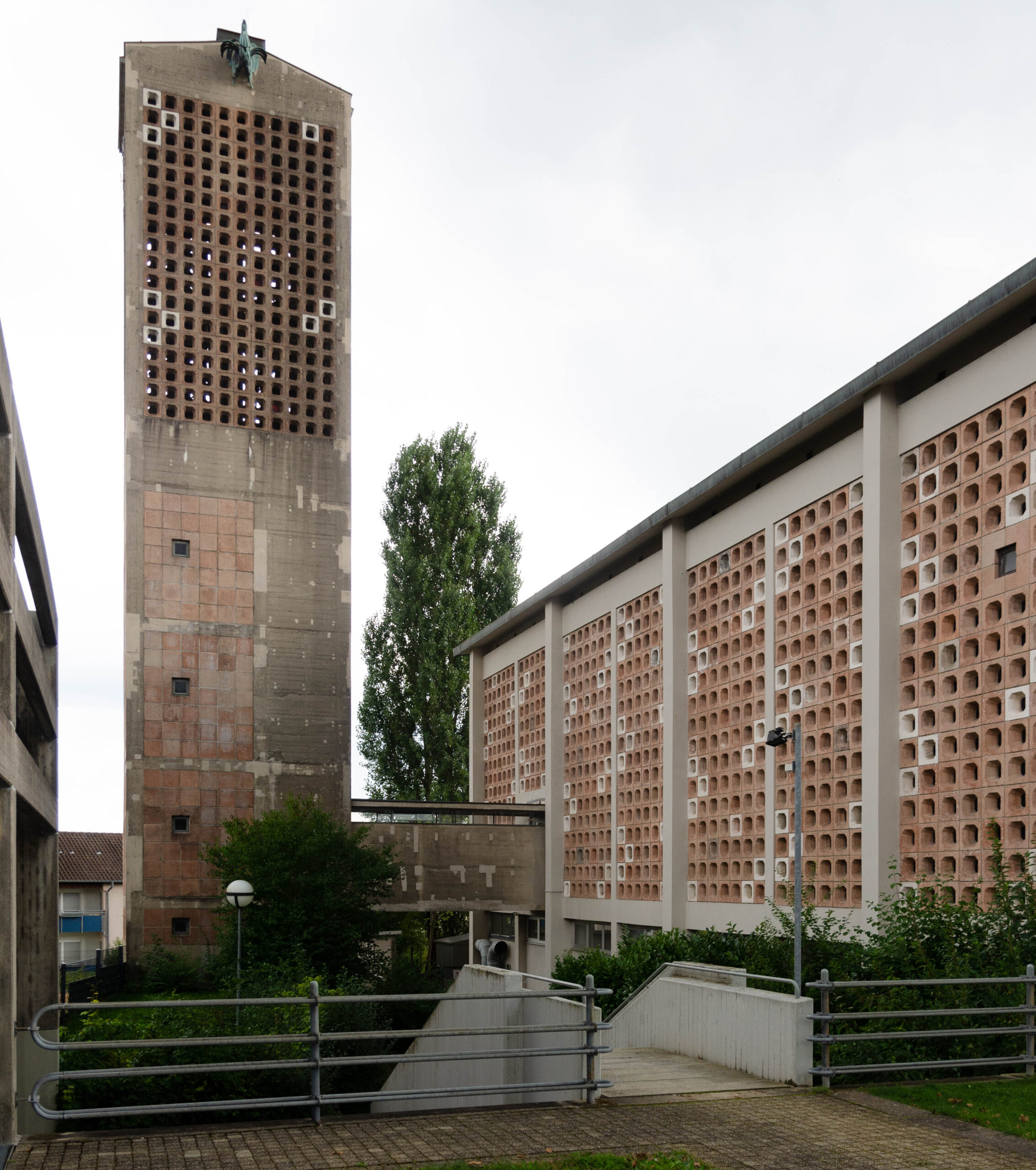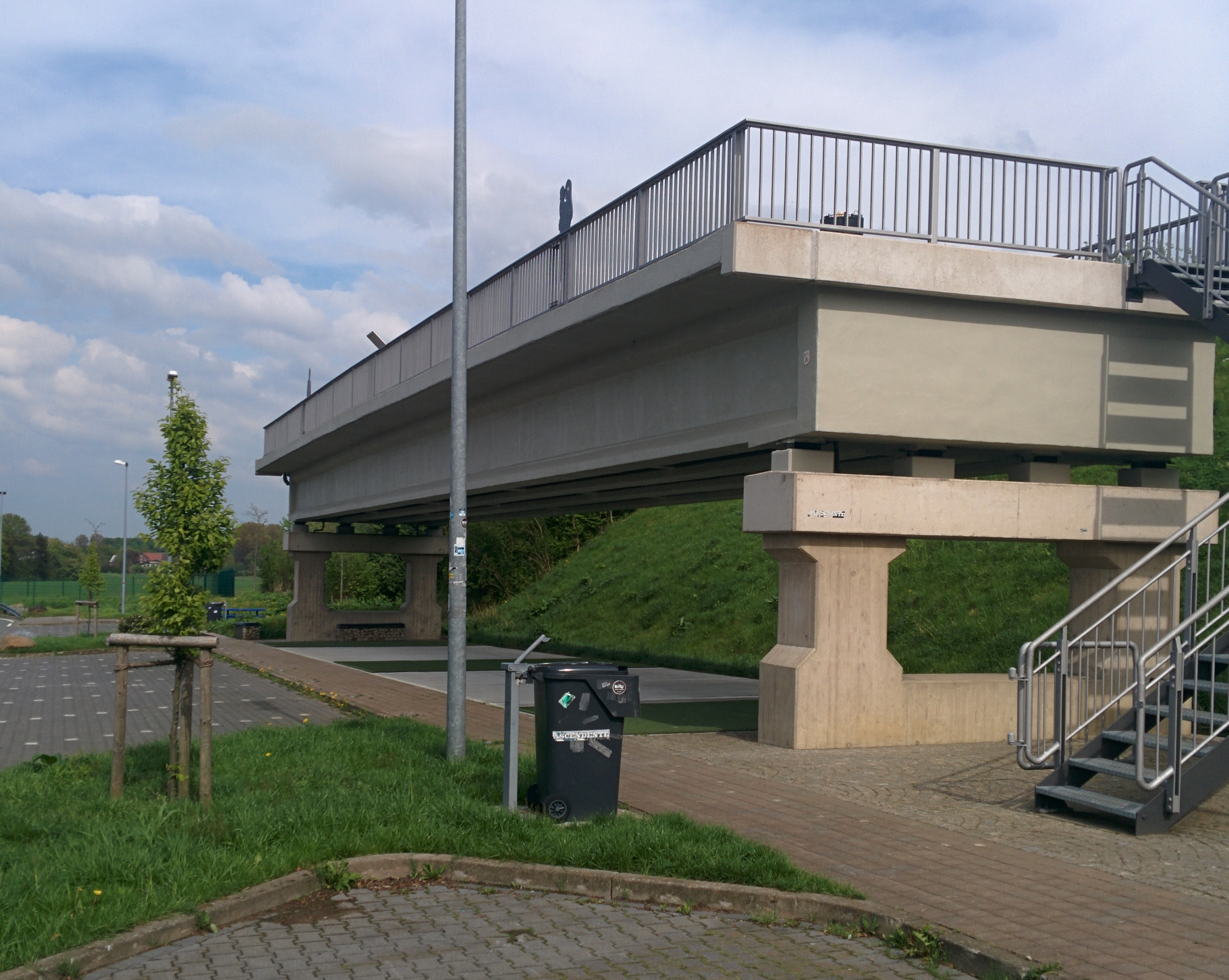Authenticity has become an omnipresent term, which is basically characterized by one thing above all: It has a positive connotation, and is quickly associated with terms such as “credible,” “genuine,” “at one with oneself,” perhaps even “truthful”. In any case, authentic is good. The etymology goes back to ancient times. Even the early church fathers related the Greek “αὐθεντικός” to the reliability of the content of written documents. Over the millennia, the attributions of content have changed again and again. Since the middle of the 20th century, the idea of the authentic has gained the interpretation and meaning that prevails today. For the time being, the “age of authenticity” (Charles Taylor, 1991) experienced a final push at the beginning of the 21st century. As never before and ever more strongly, the boundaries between reality and fiction, nature and culture, original and fake are blurring; even bodies and feelings can be tailored as desired. It is this tableau of a world of lost certainties and securities that have become homeless against which the idea of the authentic shines more than ever as a lifeline and bearer of hope.
As early as the beginning of the 1960s, the concept of authenticity also found its way into the world of monument preservation. In 1964, the Venice Charter elevated it to the central standard of value for historic preservation. The prevailing understanding today is described in a paper of the International Scientific Committee on Twentieth Century Heritage of ICOMOS: “Authenticity is the quality of a heritage site to express its cultural significance through its material attributes and intangible values in a truthful and credible manner. It depends on the type of heritage site and its cultural context.” (Madrid 2011). However, the term is still far from clear.
“Dazzling vagueness” was attested to it by Tino Mager in 2016 in his dissertation on the concept of authenticity in architectural heritage, which has matured into a standard work: “Authenticity is not a category that can be determined and defined independently of time and space; it must be found and grasped anew in each case and should rather be understood as the temporary result of a continuous process of negotiation.” Authenticity is a fragile and dynamic construction – and always its determination was and is linked to authority and power: Who decides what is authentic?
This applies all the more to an area that has so far received little attention in the discourse – the constructions of high modernism. Their spectrum ranges from hidden load-bearing structures to “architecture-free” engineering structures and sophisticated facades. They differ significantly from buildings of earlier eras in their specific (composite) building materials, manufacturing processes and construction methods, or even in the significant importance of the supporting structure.
The decision to make the equally significant and vaguely iridescent category of authenticity the annual theme of SPP 2255 in 2022 is not only aimed at sharpening the content of the term in its application to ultra-modern constructions. It is also about promoting a common basis of understanding about a central term of historic preservation between the broadly positioned disciplines in SPP 2255. Vice versa, the interdisciplinary work on the “authentic” object offers the opportunity to bring the perspectives and competences of the technical sciences and practices as a new, different contribution to the historic preservation discourse on authenticity.
A variety of questions arise:
- To what extent does the significance of the original substance as an asset worthy of protection become relative, e.g. in view of easily adjustable components, for example in steel construction?
- Beyond the material substance, what defines the authenticity of construction in general and of the constructions of high modernism in particular? What is the significance of the ingenious concept, the chosen static-constructive system, or even the specific construction processes as authentic values?
- In early pioneer buildings, it is precisely the immature construction methods with their inherent structural deficiencies that constitute their authenticity, but at the same time, and especially in the long term, can compromise safety or serviceability: Historic preservation interests want to protect the deficiency, technical interests want to remedy it – how to deal with this dilemma?
- What constitutes the authenticity of infrastructural systems as a cultural achievement of high modernity? What is the relationship between the significance of the totality and that of the individual components?
- Not only these overall systems, such as the railroad lines, but also the technical building equipment (TGA) are subject to constant dynamic changes: What specific value standards should be developed for them?
- To what extent should the concept of authenticity associated with the unchanging substance, the product of building, be contrasted with the image of authenticity as a process, thus not only recognize constant change but explicitly elevating it to a special characteristic?
Thinking about authenticity is a challenge that can question seemingly self-evident certainties about today and yesterday. It remains to be seen whether the examination of the concept of authenticity in the context of the construction heritage of high modernism will also be able to give new impetus to the general discourse on the authenticity of architectural monuments and world heritage. However, it is definitely a step on the way to the overarching goal of this research network – the ennoblement and valorisation of high-modern construction as a socially recognized cultural heritage.





